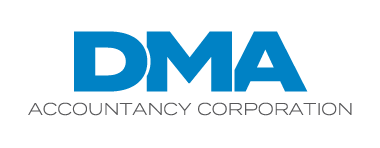“Don’t settle for second best!” Just about everyone has encountered this phrase in various commercials and ad campaigns over the years, and it’s a good ideal to aspire to.
Unfortunately, many construction businesses end up settling for second best — or worse — when it comes to the profitability of their projects. A common culprit is profit fade, when the forecasted margin on a job gradually decreases as work progresses because of unforeseen or unexpectedly high costs. It’s a persistent threat, but there are ways to fight back.
Explore estimating improvements
Many, if not most, project losses can be traced back to suboptimal estimates, which in turn lead to inefficient bids. Review a set of your most recent estimates. Are they adequately detailed? Do they account for all the costs that ended up being associated with the job in question?
Also determine whether your estimators have enough training, patience and experience to perform at their best in today’s inflationary environment. Are they rushing through their work? Are they being unrealistic about the current price points for labor, materials and equipment usage?
Code everything
If you haven’t already, explore the benefits of assigning cost codes to every task typically associated with your jobs. Think of them as tiny price tags attached to each activity that allow you to see how much that task costs.
Establishing a sound cost code structure and using it consistently companywide — from estimators to project managers to accounting staff — is key to getting useful data. Over time, and with a solid sample size of jobs, you’ll be able to determine which activities cost the most and which ones cost too much.
Refine contractual terms
Well-defined contract terms and conditions are another way to minimize the potential for profit fade. Contract language should clearly define the nature and scope of the work to be performed. If possible, include a clause that limits how much, if anything, an owner can change while work is in progress before paying additional compensation under a formal change order process. From there, lay out straightforward steps for submissions and approvals of change orders so you can bill for additional work as soon as possible.
Additionally, explore the feasibility of including a price acceleration clause that allows you to adjust the contract price if materials or labor costs rise above a stated level. To add another layer of protection, ask for a deposit to buy and store materials before work begins.
Manage materials carefully
Indeed, the high cost of materials is arguably one of the chief culprits of profit fade these days. When bidding on a project, create a contingency plan of two or more alternative suppliers. Preferably, at least one of them should be local so you can get deliveries relatively quickly.
If possible, build up inventory levels with critical materials and long-lead items to insulate your company against supply chain slowdowns. Bear in mind that this will entail a substantial upfront investment and require you to be able to safely store the items.
Focus on situational awareness
Preventing profit fade comes down to situational awareness. By continuously monitoring key metrics associated with every project, you and your project managers can put yourselves in a better position to act prudently and decisively when costs start to rise. Contact our firm for help looking for ways to improve your construction company’s estimating and cost-tracking processes.
© 2024


Recent Comments